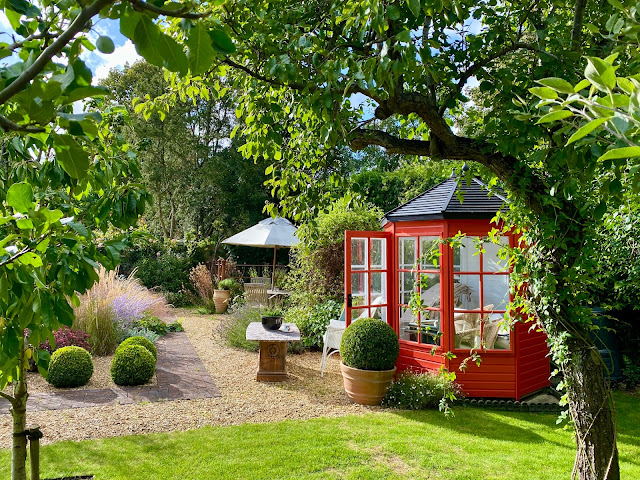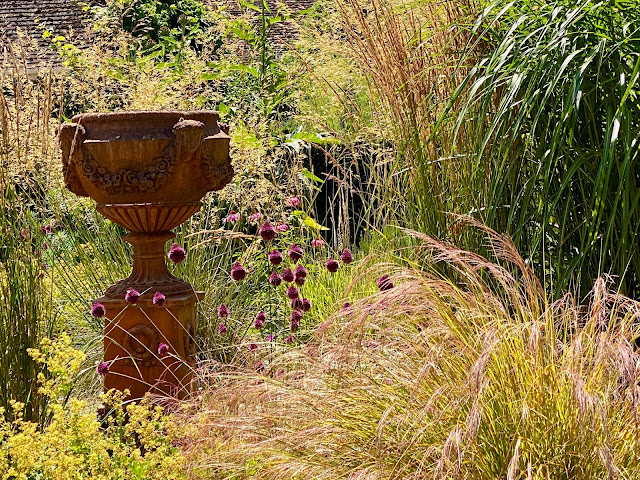The importance of our parish churches to their communities seems to be under attack in several ways but particularly, though shortfalls in funding.
The issue has been brought into the open by an article in the Church Times by Rev'd Stephen Trott on 10th July 2020. He argues that the decision of the Synod in the 1970's to 'centralise' the funding of parish churches has lead to a withering of the centrality of the parish church in the life of the community in favour of the diocese.
The explanation of what has been happening cames a great surprise to many who had scarcely appreciated the danger, and it might have remained of minority interest before the issue was taken up by Canon Giles Fraser in a fine piece in the Daily Telegraph:
This, in turn, was followed up in a more explicit piece by Giles Fraser in Unheard on 6th August in which he argues that: 'The ancient institution has been asset-stripped by an expanding bureaucracy of management-speak types'
Finally, Jason Goodwin has spoken up strongly for the parish churches in a powerful piece below
Ignore parishes at your perilSt Carantoc built one as instructed by a dove. Another was raised at the spot where St Wulstan’s faithful oxen drawing his funeral bier stopped. They were built in places where people thought miracles had happened, or were blessed by spirits or where holy water bubbled out of the earth, in wastes and on pagan shrines, by the sea and by rivers, in the hills and on the plain. They were constructed where people congregated, in villages and towns and, eventually, in the heart of industrial cities.
Saints built them, sinners built them; improvers and committees; barons and crusaders; wool merchants and kings. In Christchurch, Dorset, the final timber was dropped into place by a stranger supposed to be the Lord himself. They were built for the people of Britian. They are the glory of our island: our parish churches.
In consequence, a lot of us took their closure in the spring as an affront. For the first time since the general papal interdict placed on King John in 1208, our parish churches were shut at Easter. We have had plagues, invasion scares, civil war: but at Whitsun, the churches were all closed too. Time was when the priest stayed with his flock and the church was a place of refuge and support. Instead we were enjoined to phone in or watch on Zoom.
I duly watched the Archbishop of Canterbury’s Easter address. My attention slipped as he went on but my wandering eye fell on no memorials to the dead, nor watched the play of coloured light on stone. The Archbishop was in his kitchen and I was at home. Every now and then, his sermon was interrupted by a video and, after a cut-away to a talking head, I noticed that someone appeared to have sneaked in to take a Magimix from the kitchen counter.
It struck me that an archbishop who thinks his kitchen is as good a place to preach from as Canterbury Cathedral may possibly think too much of his own gifts and too little of what has been bequeathed over the centuries. Churches serve believers and non-believers at various stages of their lives: at funerals (which were banned), or holy days (see above) and on Sundays (closed). Churches are places of withdrawal, for prayer and private worship – until they’re shut down.
I suspect the Church of England views parish churches as a burden and a nuisance. The diocesan bureaucrats would rather do the things the rest of us have no idea they do, such as providing strategic oversight of a growing mission area where energised parishes cluster around a resourcing church. Renewed, released, rejuvenated!
It will come crashing around their ears, like the tables of the moneylenders in the temple. The higher-ups ignore parishes at their peril. As they set about polishing their inclusivity templates, like buffoons in a Gilbert and Sullivan comic opera, people of faith and of no faith, people looking for something and people looking for escape, to connect with the landscape, or reconnect with their past are criss-crossing the land.
They are going to the woods and the wastes, the wells and the holy places, to the churches and chapels built by their forbears. I think it may be their experience that endures long after the corporate mission statements have been forgotten. You can lock up the parish church and turn the awkward and ungainly people away, but our churches are never quite empty, even when there is nobody in them.
Jason Goodwin









































